Dominique Lévy's new show explores the powerful parallels between two Japanese artists separated by a generation

The elusive and the explosive rarely overlap, but when they do, the effect is devastating. It's a recipe for stealthily volatile events such as nuclear meltdowns, sonic booms, and sporadically occurring genetic mutations - the ones on which entire ecosystems may pivot - and it is at violent play in a new exhibition that brings together for the first time the work of Japanese artists Kazuo Shiraga and Satoru Hoshino.
On view through 4 April at New York's Dominique Lévy gallery and curated by Koichi Kawasaki, 'Body and Matter' finds convincing parallels between artists separated by a generation and their approach to the avant-garde (the late Shiraga joined the Gutai movement in 1954, while Hoshino, now 69, was active with the Sōdeisha ceramics group in the 1970s). Both men got down and dirty in their endeavours to break with artistic tradition, developing methods that achieved a purity of expression while revelling in their links to the human body. The roiling abstract canvases of Shiraga and the sooty-yet-lustrous sculptures of Hoshino do not merely expose traces of the artists' hands - or feet or fingers - they pulsate with them.
'In Tokyo in 1955, we find the young Shiraga literally wrestling in clay,' says gallerist Dominique Lévy, referring to the artist's sensational performance piece, 'Challenging Mud'. 'He's creating a sculpture using his body well before any Allan Kaprow happening, well before even Yves Klein uses his body as a living paintbrush in 1961, well before I think anyone.' A few years later, Shiraga was hurling oil paint on the floor and, suspended from the ceiling, manipulating it with his feet to create works such as 'Suiju' (1985), a ruddy crimson fireball that strains against the bounds of its wall-sized canvas.
'I call them performance paintings, because for Shiraga, the canvas was a stage,' says art historian Reiko Tomii, who contributed an essay to the exhibition catalogue, out next month along with a Shiraga mega-monograph that Lévy is publishing in collaboration with Axel Vervoordt Gallery. 'It was a new possibility for painting, going beyond modernism.'
Dotted like a median along the floor of one room of the exhibition is a series of Hoshino sculptures from 1989 and 1990. With titles such as 'Appeared Landscape' and 'Outline of Background IV', they are served up on rectangular slabs of smoked earthenware that have the ominous gleam of obsidian. Yet rather than appear charred, these blackened works come alive with the petal-like indentations created by Oshino's finger as he poked and prodded his forms into being. 'When hands touch clay, transforming it,' the artist has said, 'images begin to fly up around it.'
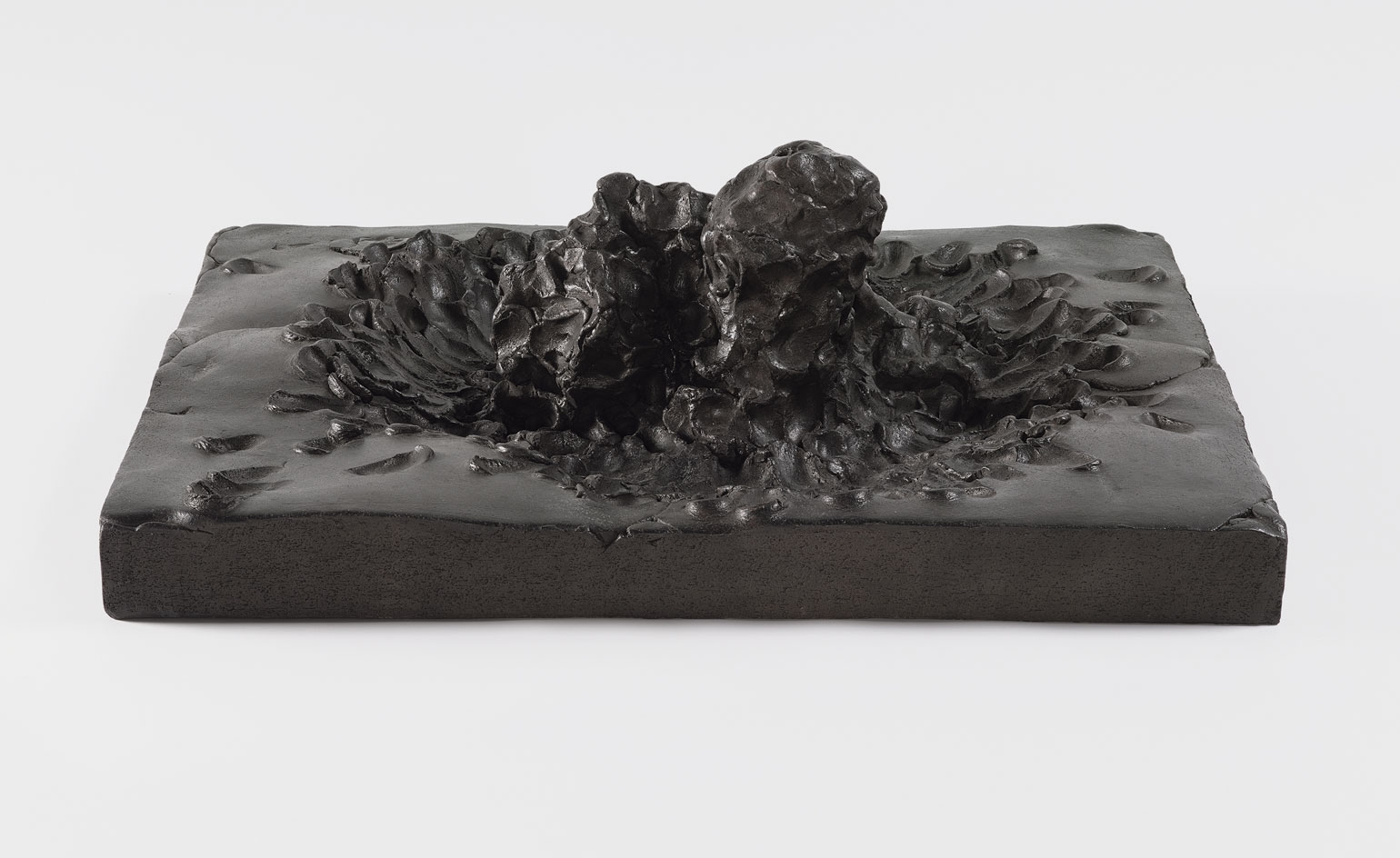
Dotted like a median along the floor of one room of the exhibition is a series of Hoshino sculptures from 1989 and 1990, served up on rectangular slabs of smoked earthenware that have the ominous gleam of obsidian. Pictured is 'Outline of Background IV', by Satoru Hoshino, 1990.
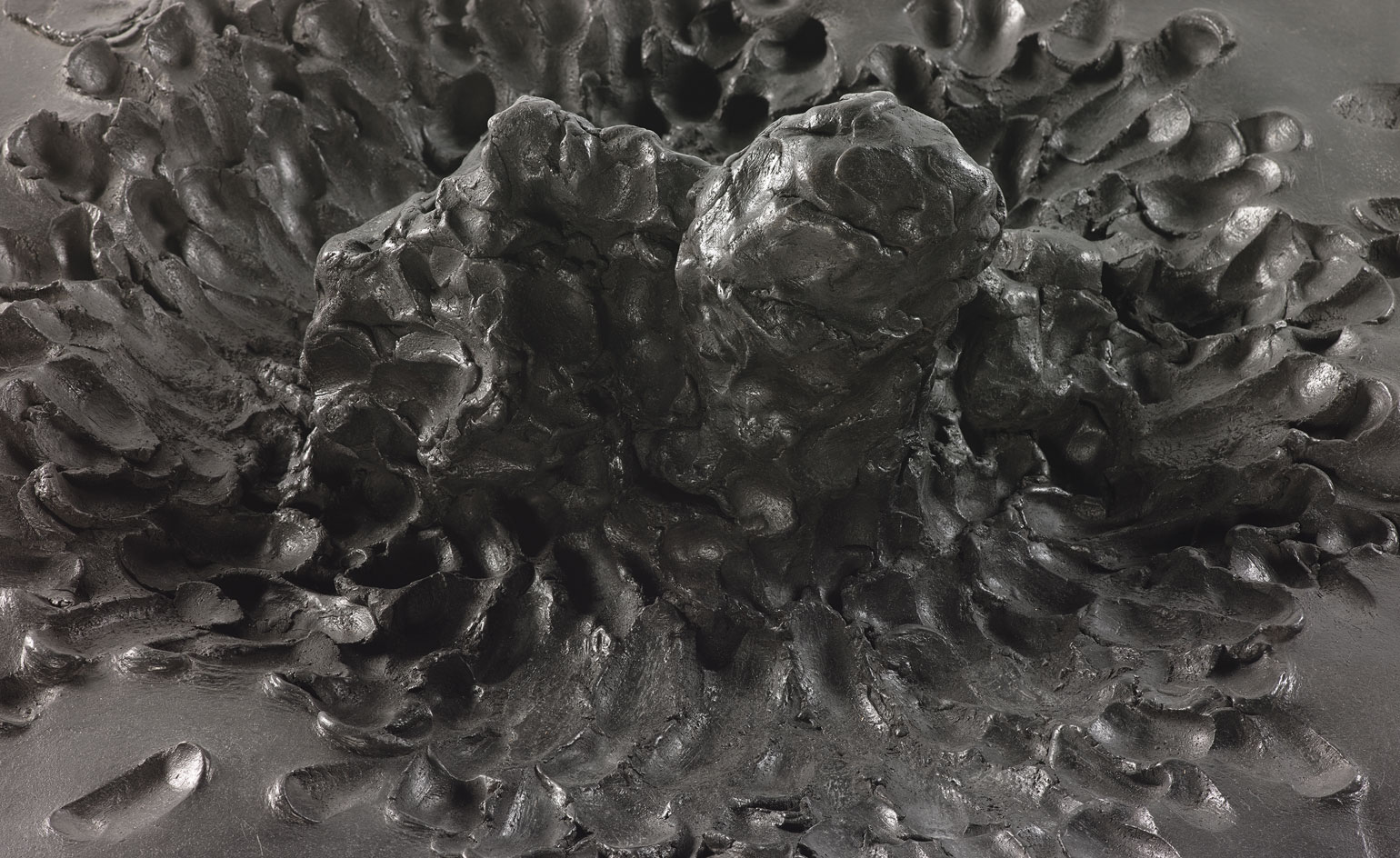
Detail of 'Outline of Background IV', by Satoru Hoshino, 1990. These blackened works come alive with the petal-like indentations created by Oshino's finger as he poked and prodded his forms into being.
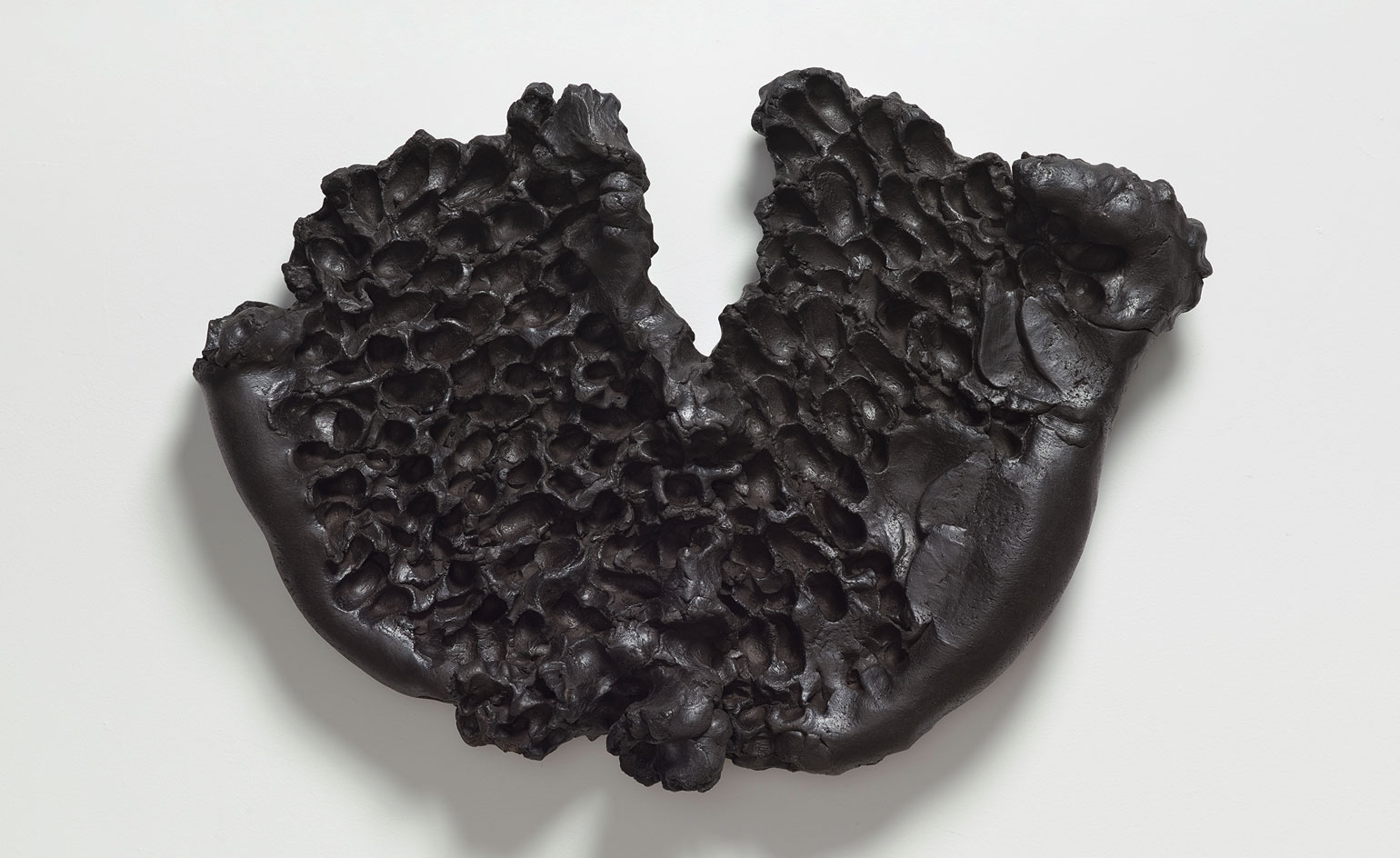
'Surfacing Bird (Flight of W)', by Satoru Hoshino, 1991.

Hoshino's works are juxtaposed with the roiling abstract canvases of Shiraga. Both men broke with artistic tradition, developing methods that achieved a purity of expression while revelling in links to the human body.
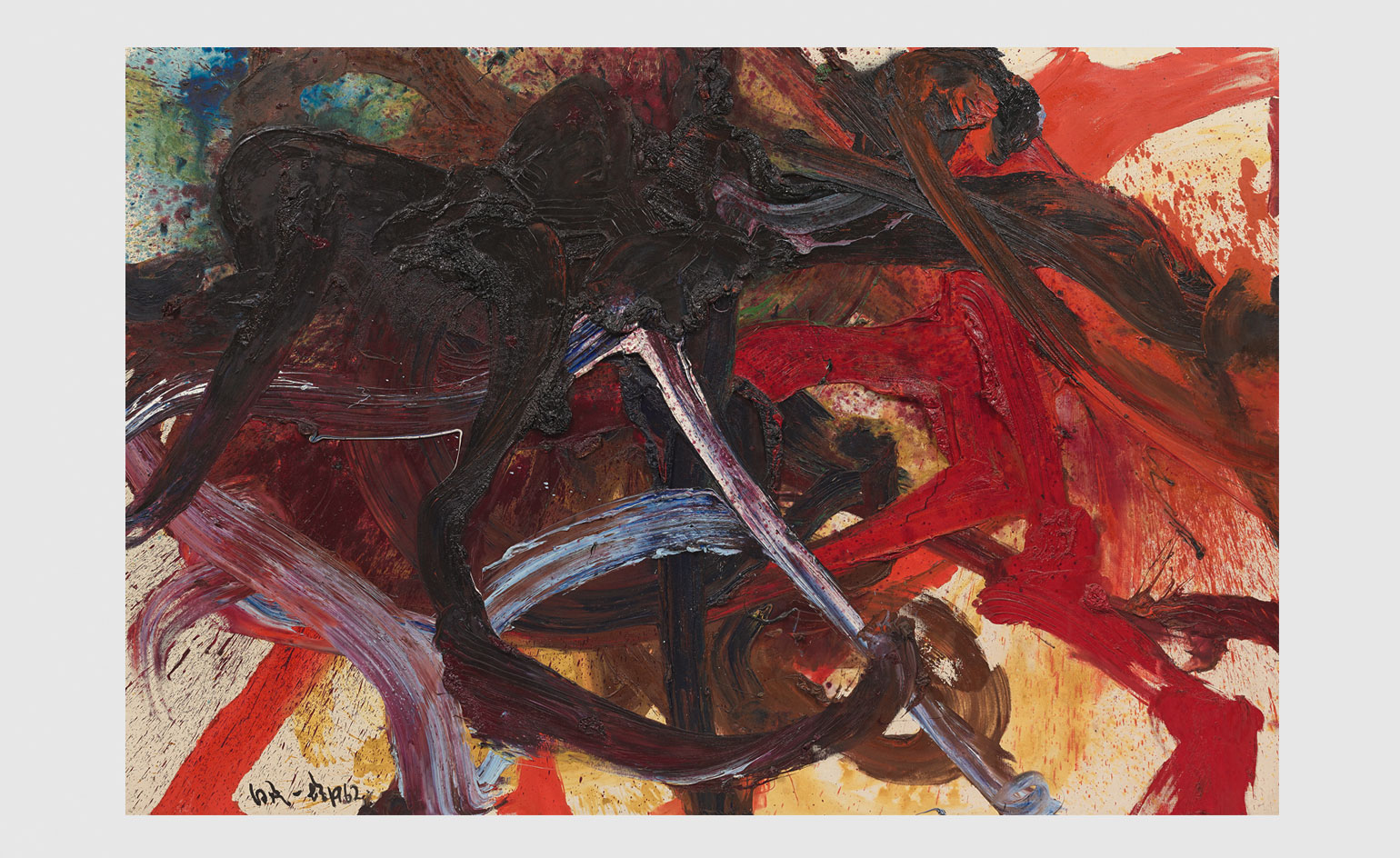
'Tenkosei Kaosho', by Kazuo Shiraga, 1962. Shiraga hurled oil paint on the floor and, suspended from the ceiling, manipulating it with his feet to create his works.
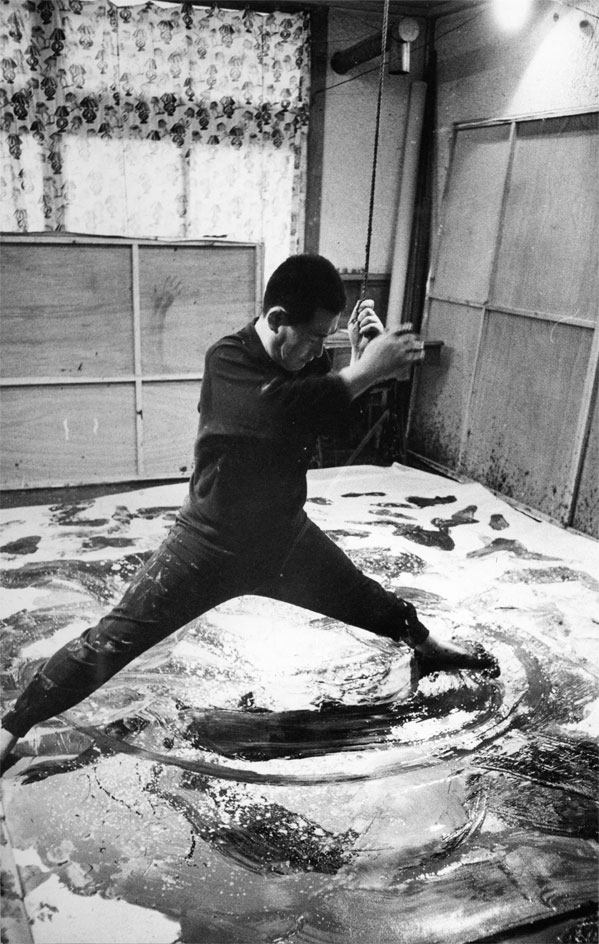
Shiraga, pictured here in his studio in 1960, used his body as a living paint brush.

'For Shiraga, the canvas was a stage,' says art historian Reiko Tomii, who contributed an essay to the exhibition catalogue. 'It was a new possibility for painting, going beyond modernism.'
ADDRESS
Dominique Lévy
909 Madison Avenue
New York
NY 10021
United States
Receive our daily digest of inspiration, escapism and design stories from around the world direct to your inbox.
Stephanie Murg is a writer and editor based in New York who has contributed to Wallpaper* since 2011. She is the co-author of Pradasphere (Abrams Books), and her writing about art, architecture, and other forms of material culture has also appeared in publications such as Flash Art, ARTnews, Vogue Italia, Smithsonian, Metropolis, and The Architect’s Newspaper. A graduate of Harvard, Stephanie has lectured on the history of art and design at institutions including New York’s School of Visual Arts and the Institute of Contemporary Art in Boston.
-
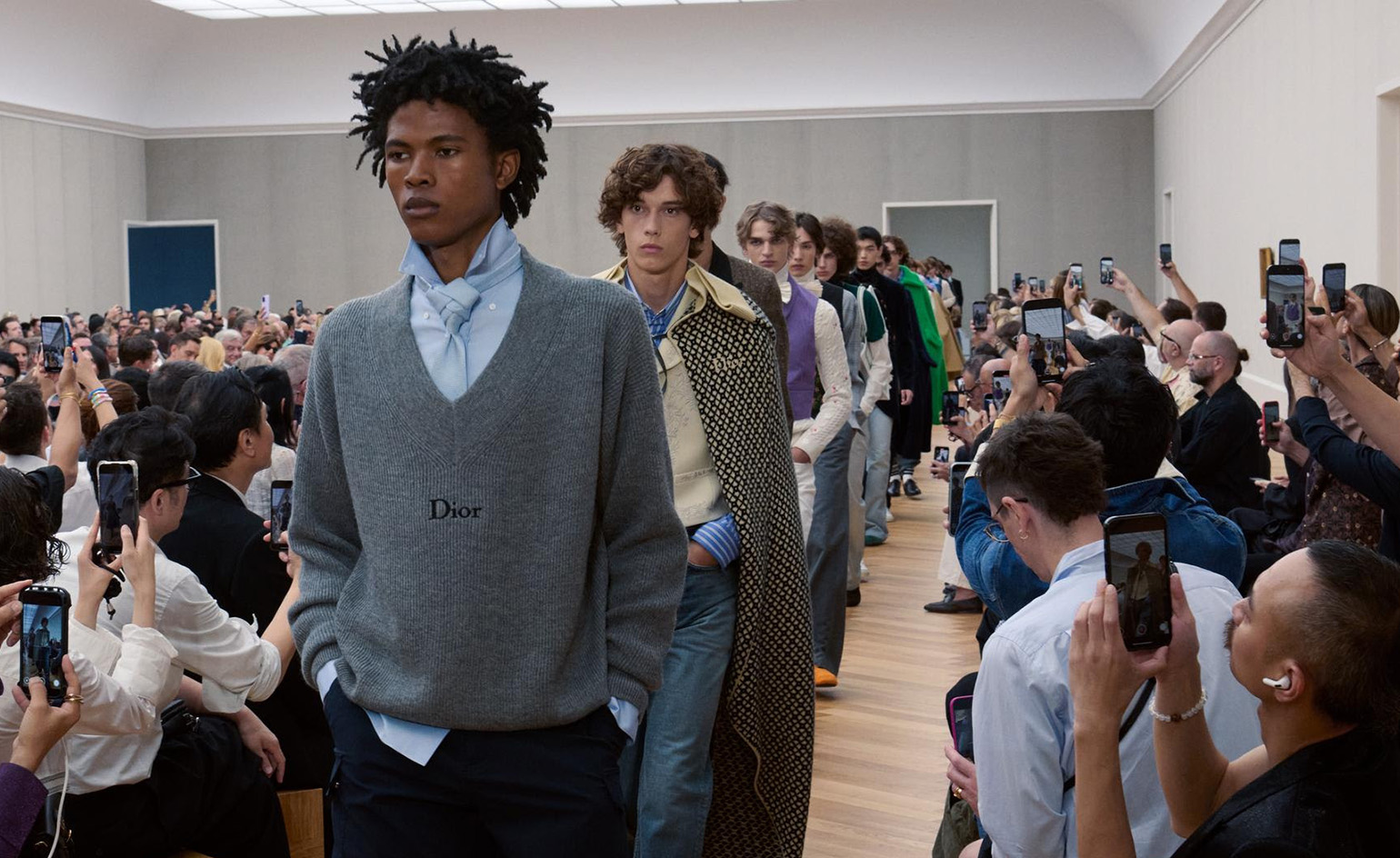 Men’s Fashion Week A/W 2026 is almost here. Here’s what to expect
Men’s Fashion Week A/W 2026 is almost here. Here’s what to expectFrom this season’s roster of Pitti Uomo guest designers to Jonathan Anderson’s sophomore men’s collection at Dior – as well as Véronique Nichanian’s Hermès swansong – everything to look out for at Men’s Fashion Week A/W 2026
-
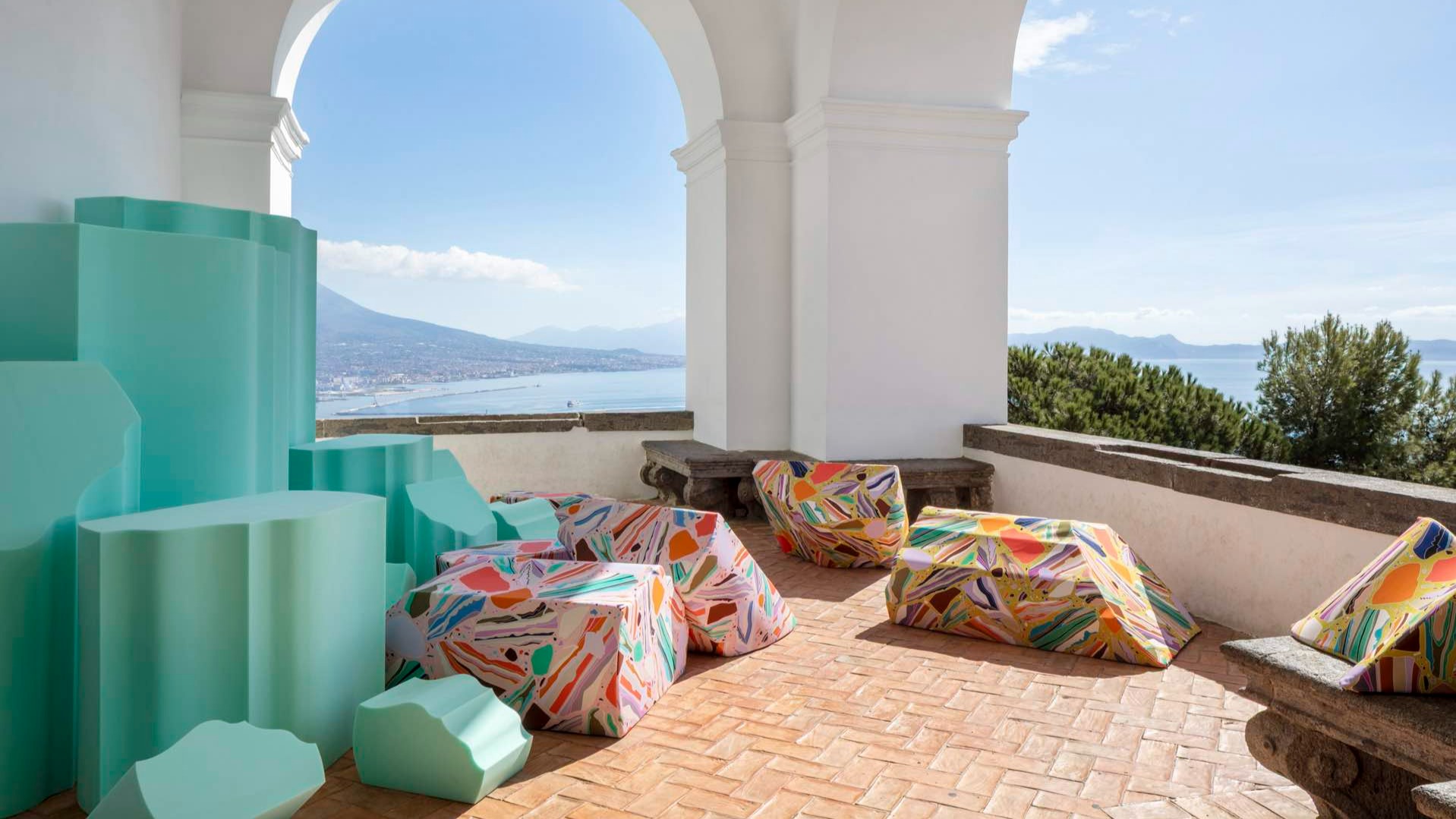 The international design fairs shaping 2026
The international design fairs shaping 2026Passports at the ready as Wallpaper* maps out the year’s best design fairs, from established fixtures to new arrivals.
-
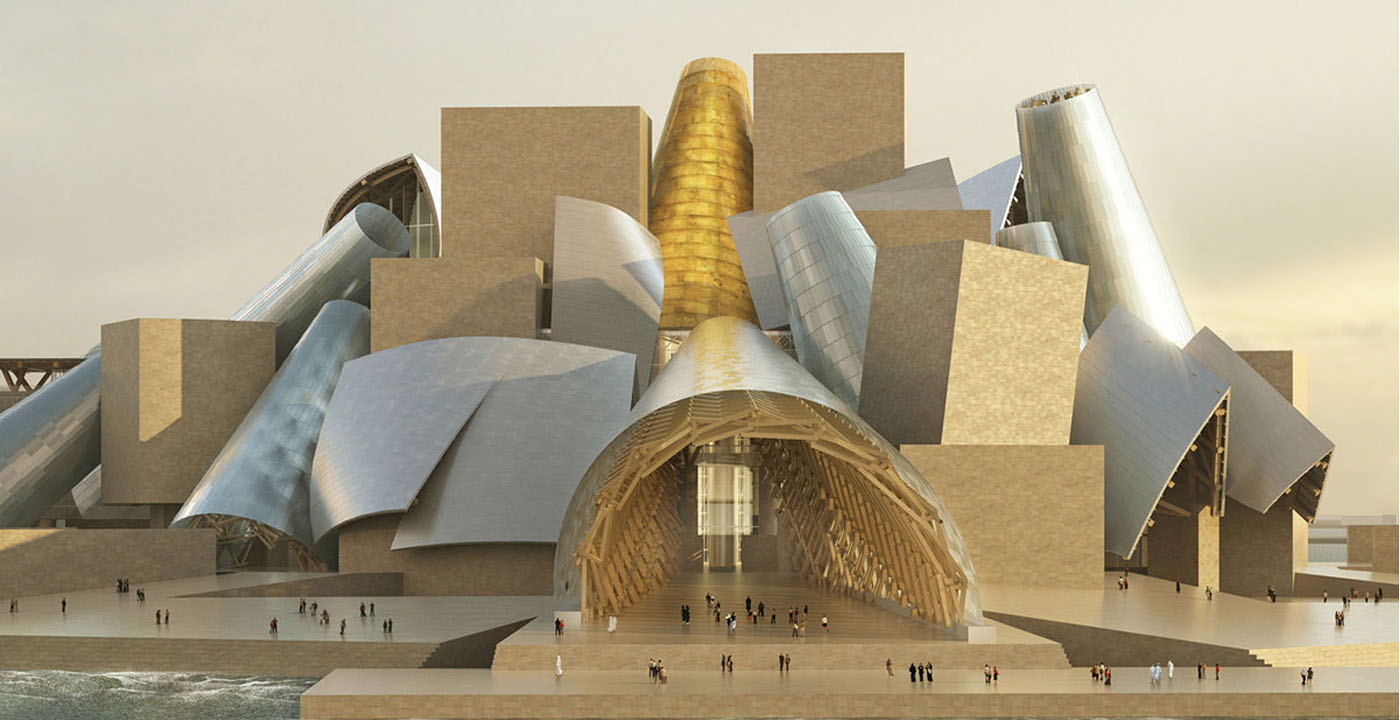 The eight hotly awaited art-venue openings we are most looking forward to in 2026
The eight hotly awaited art-venue openings we are most looking forward to in 2026With major new institutions gearing up to open their doors, it is set to be a big year in the art world. Here is what to look out for
-
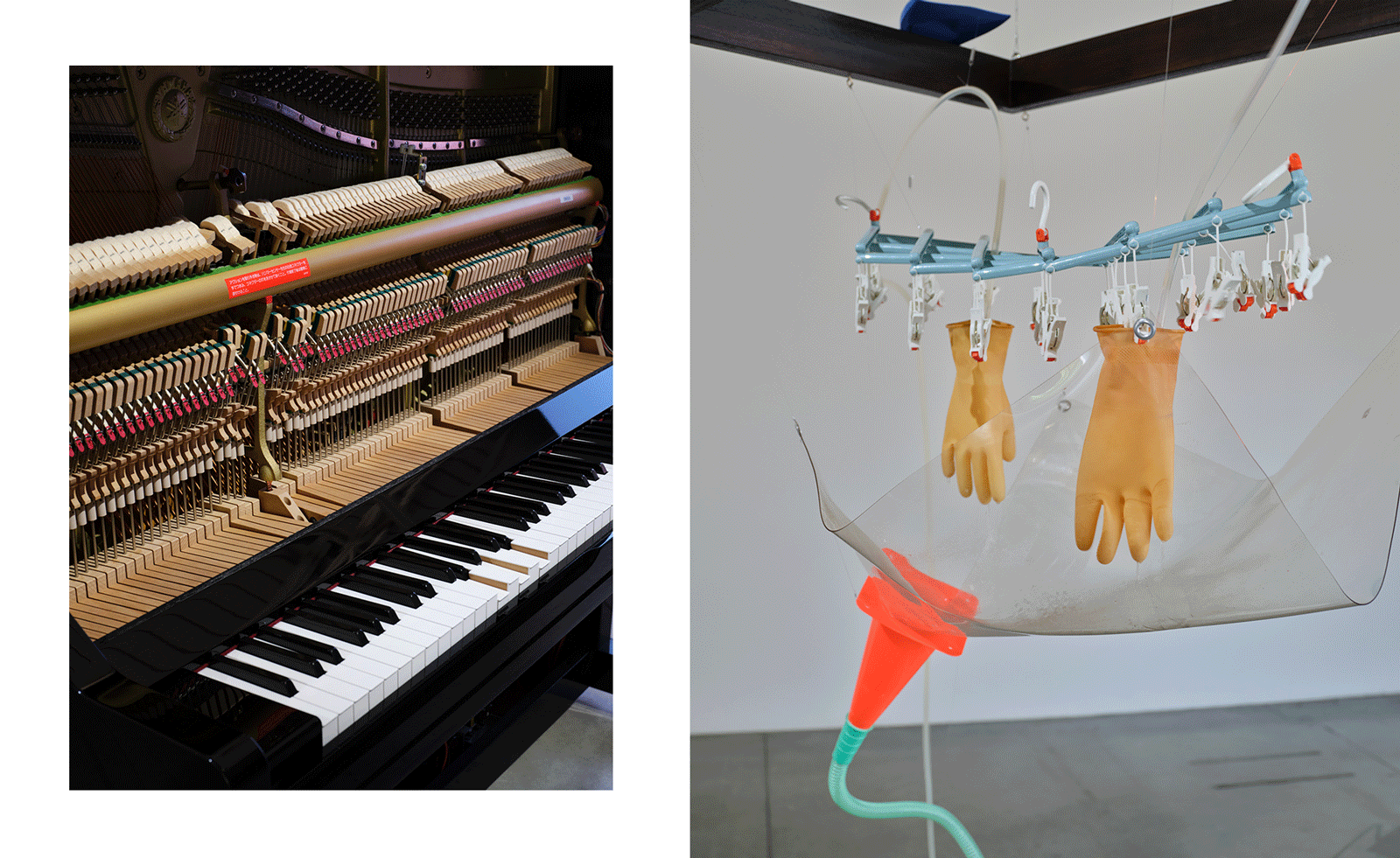 Yuko Mohri’s living installations play on Marcel Duchamp’s surrealism
Yuko Mohri’s living installations play on Marcel Duchamp’s surrealismThe artist’s seven new works on show at Milan’s Pirelli HangarBicocca explore the real and imaginary connections that run through society
-
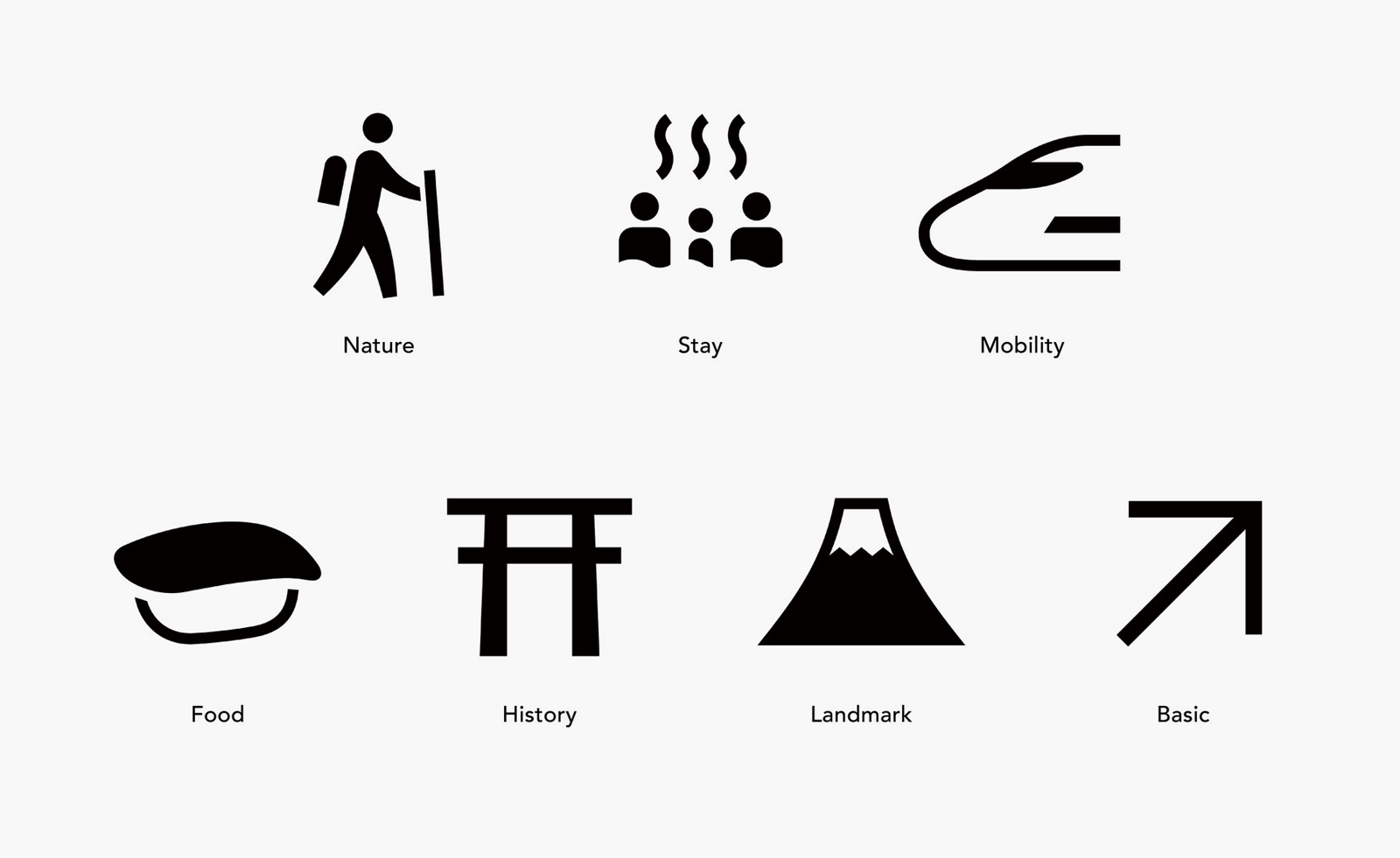 Get the picture? A new exhibition explores the beautiful simplicity of Japanese pictograms
Get the picture? A new exhibition explores the beautiful simplicity of Japanese pictogramsThe simple, minimalist forms of a pictogram are uniquely Japanese, as new exhibition 'Pictograms: Iconic Japanese Designs' illustrates
-
 Out of office: the Wallpaper* editors’ picks of the week
Out of office: the Wallpaper* editors’ picks of the weekIt was a jam-packed week for the Wallpaper* staff, entailing furniture, tech and music launches and lots of good food – from afternoon tea to omakase
-
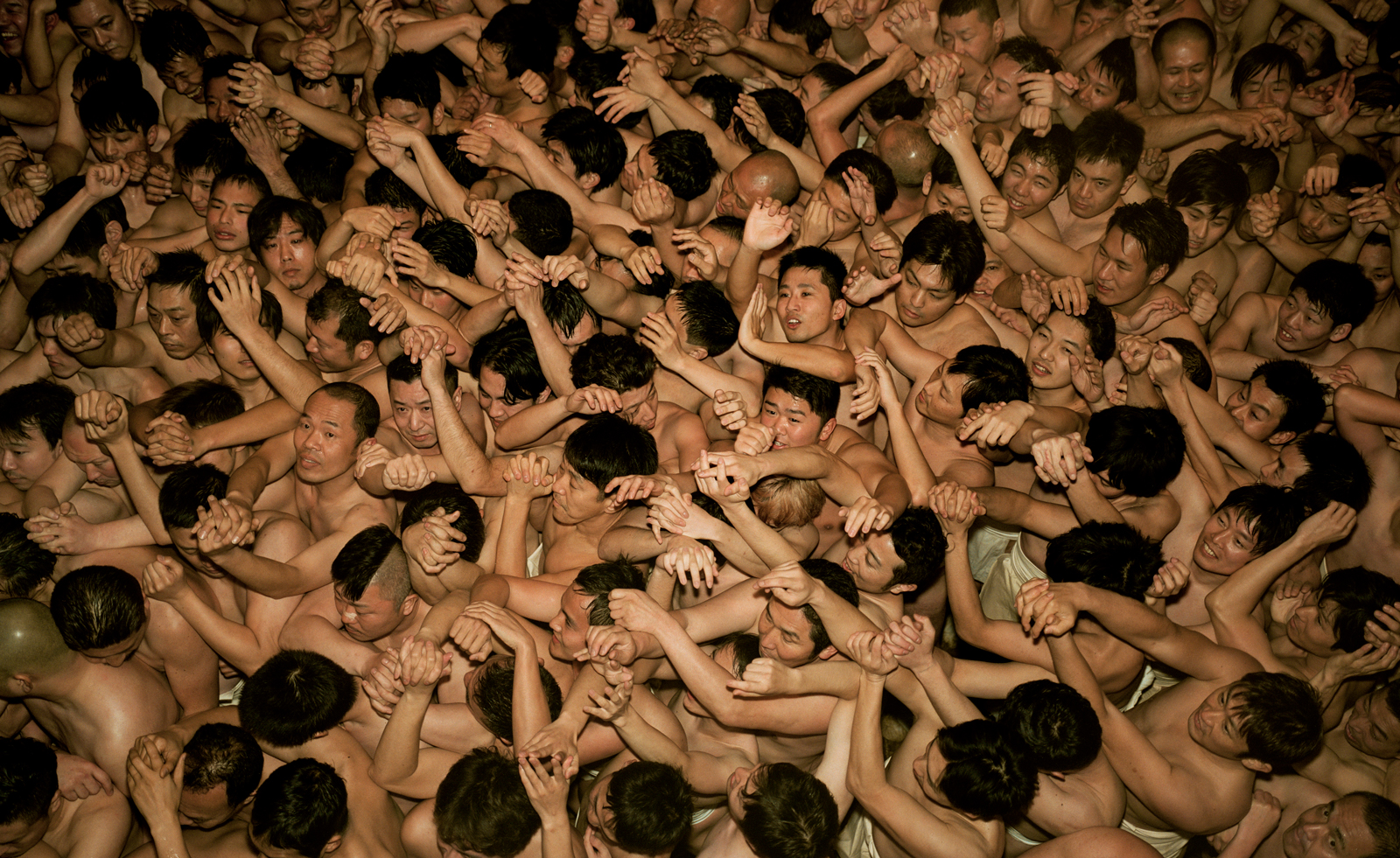 Inside Kyotographie, Japan’s world-renowned photography festival
Inside Kyotographie, Japan’s world-renowned photography festivalKyotographie 2025 embraces the theme ‘Humanity’ in Kyoto – Amah-Rose Abram reports with the highlights, from major and emerging photographers
-
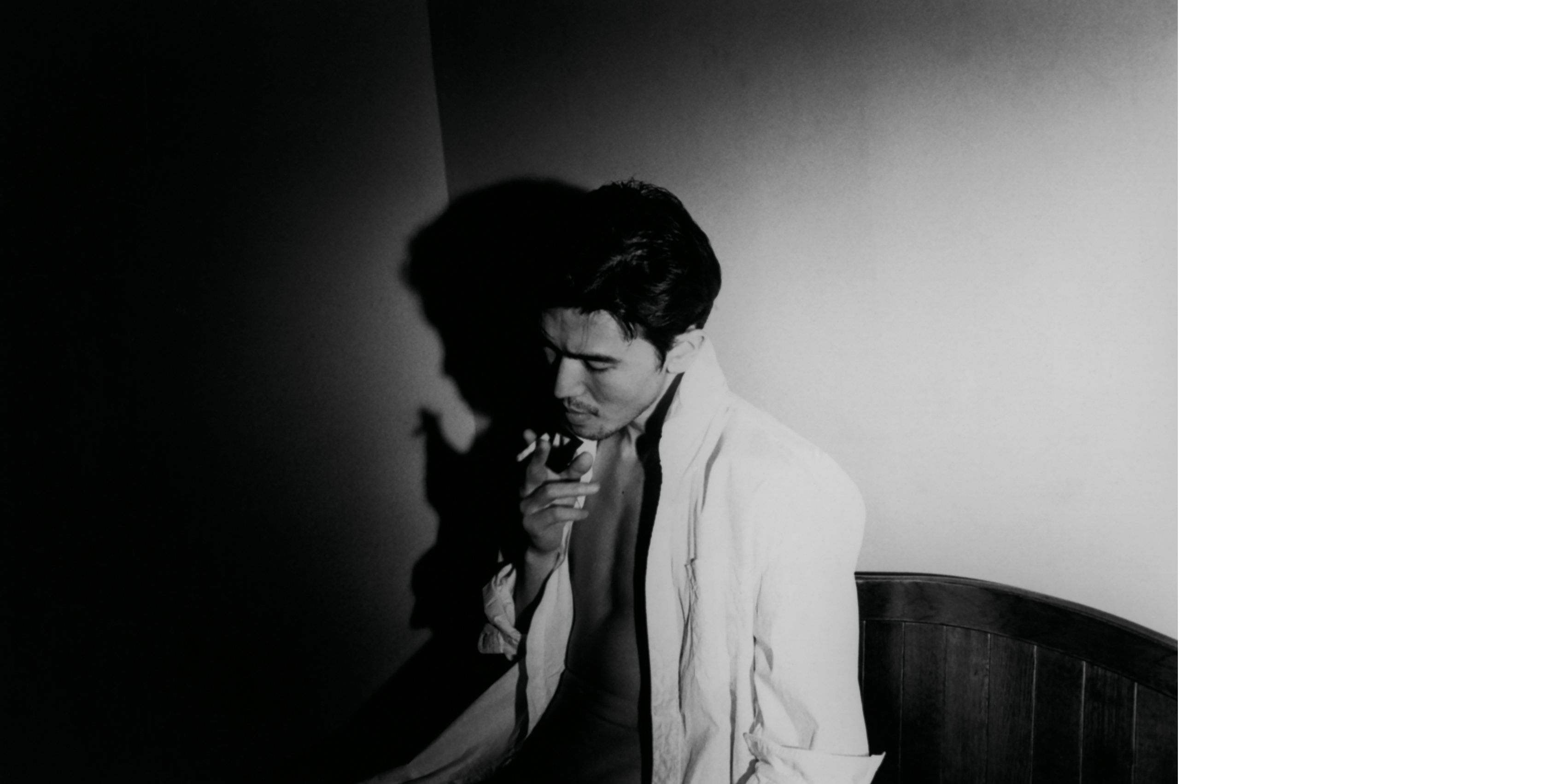 'I’m So Happy You Are Here': discover the work of Japanese women photographers
'I’m So Happy You Are Here': discover the work of Japanese women photographersSubtitled ‘Japanese Women Photographers from the 1950s to Now’, this new monograph from Aperture is a fascinating insight into a critically overlooked body of work
-
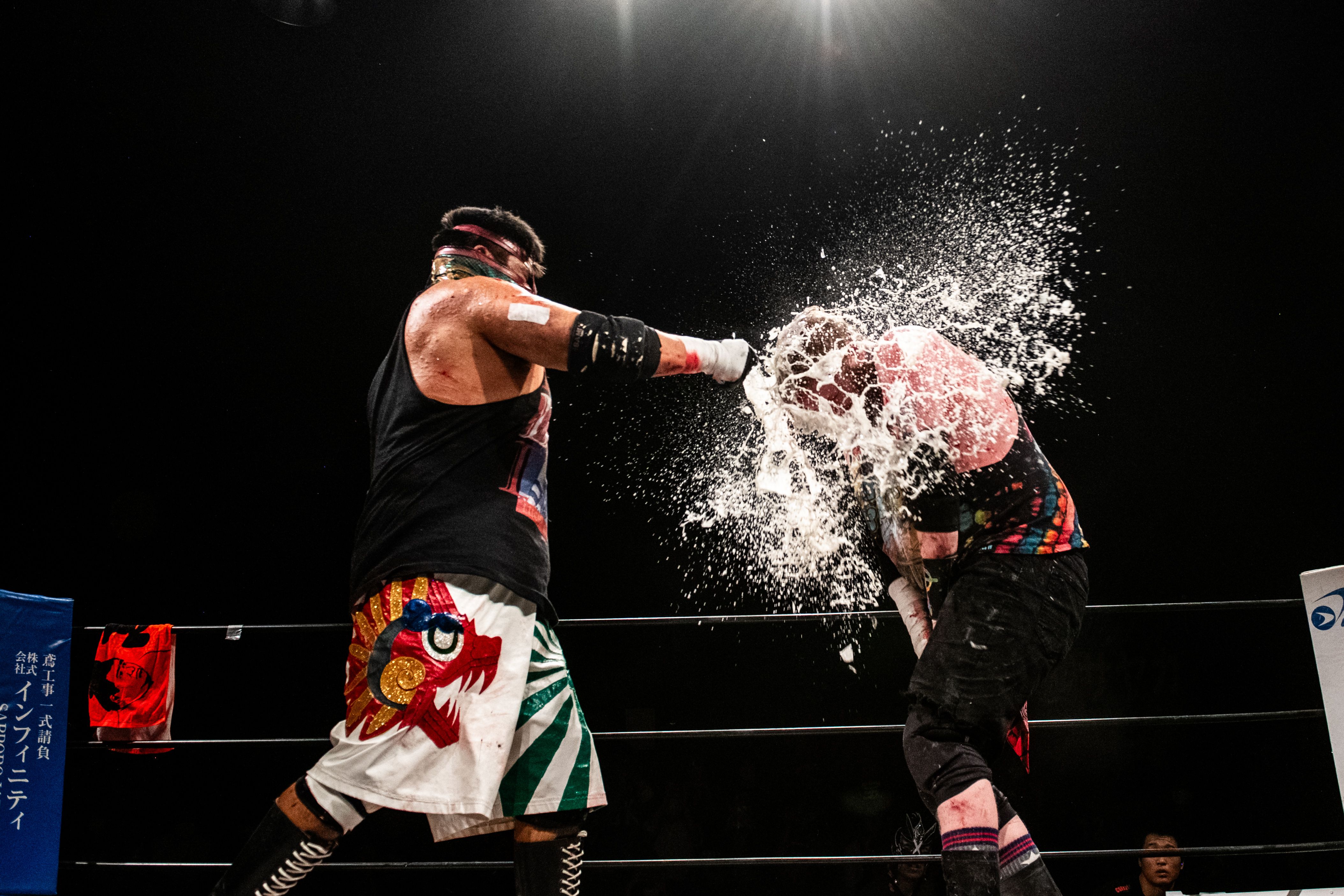 Deathmatch wrestling’s behind-the-scenes moments and bloody glory
Deathmatch wrestling’s behind-the-scenes moments and bloody gloryA new limited-edition book explores the intersection between art and deathmatch wrestling at a sold-out show held in Tokyo
-
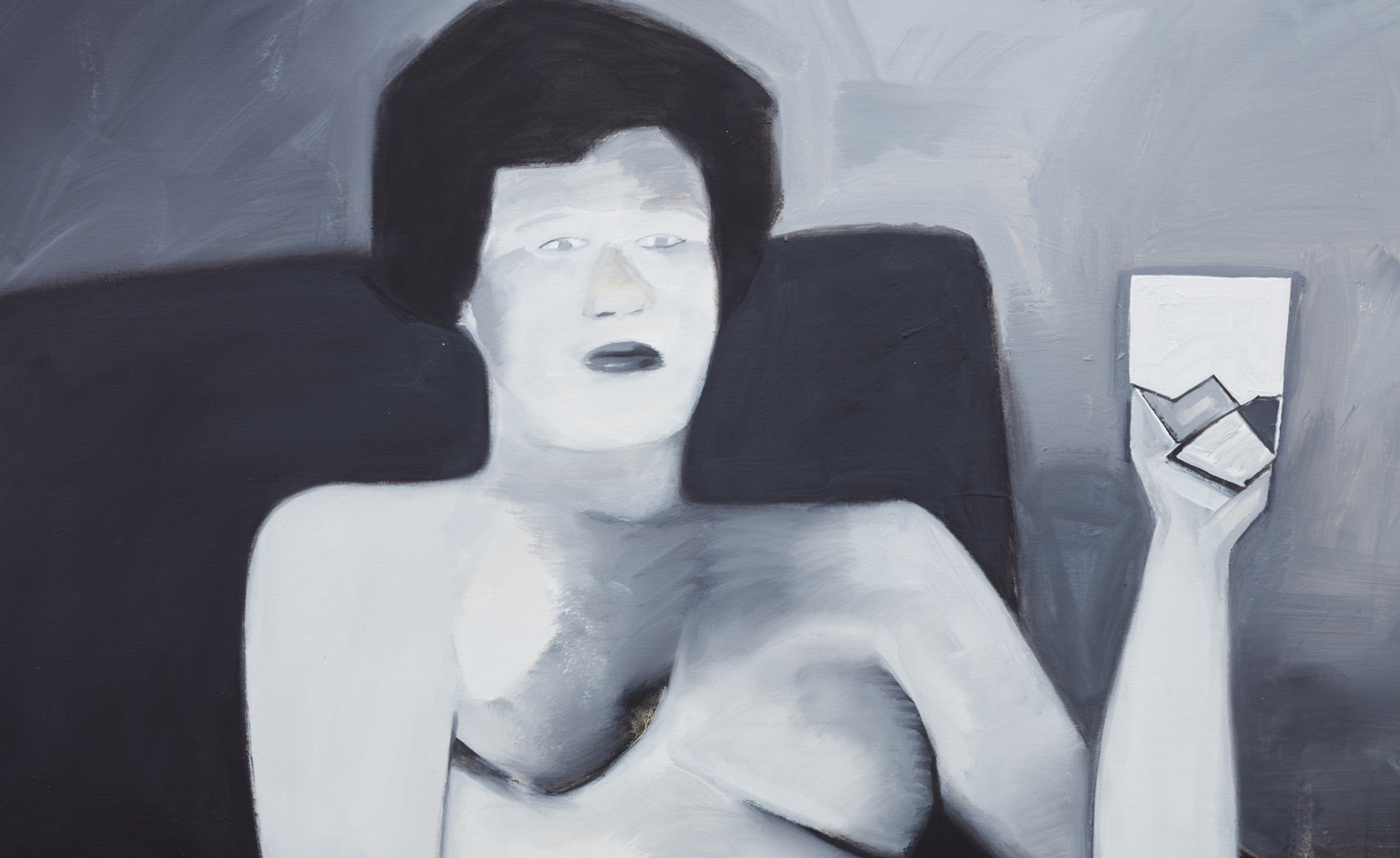 BLUM marks 30 years of Japanese contemporary art in America
BLUM marks 30 years of Japanese contemporary art in AmericaBLUM will take ‘Thirty Years: Written with a Splash of Blood’ to its New York space in September 2024, continuing its celebration of Japanese contemporary art in America
-
 Olafur Eliasson inaugurates Azabudai Hills Gallery in Tokyo
Olafur Eliasson inaugurates Azabudai Hills Gallery in TokyoOlafur Eliasson marks launch of Azabudai Hills Gallery, in Tokyo’s major new district, with a show of elemental strength